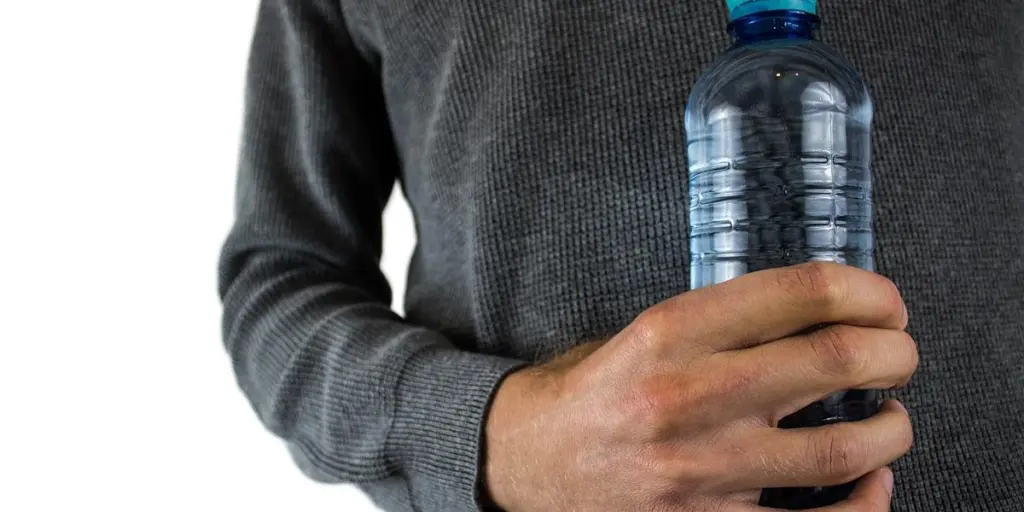Squeeze water bottles have become an essential accessory for athletes, fitness enthusiasts, and everyday users seeking convenient hydration solutions. This article delves into the market dynamics, key players, and regional trends that are shaping the squeeze water bottle industry.
Table of Contents:
Market Overview
Innovative Designs and Materials
Technological Features and Functionality
Benefits and Performance
Seasonal Trends and Consumer Preferences
Market Overview
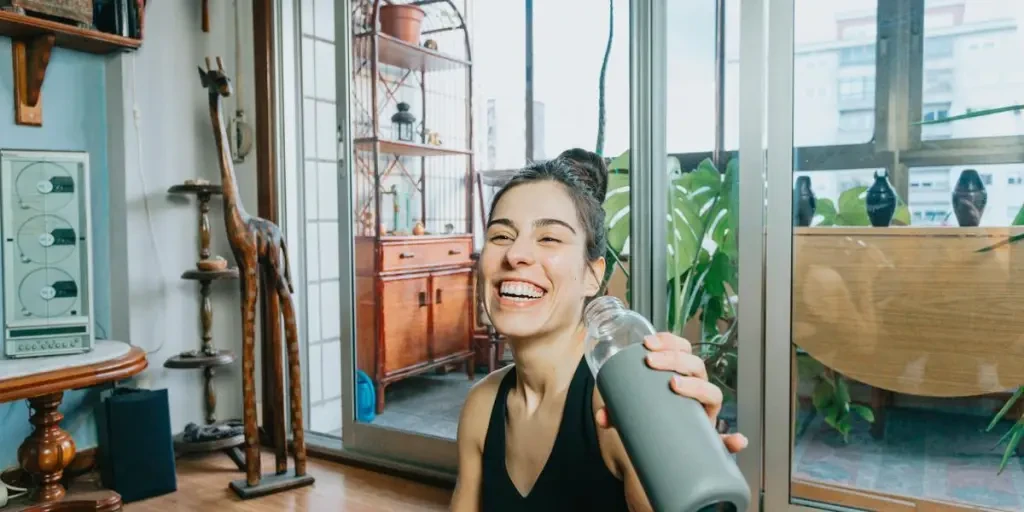
Growing Demand for Hydration Solutions
The global market for hydration solutions, including squeeze water bottles, is experiencing significant growth. According to a professional report, the bottled water market is projected to reach a revenue of US$27.56 billion by 2024, with an annual growth rate (CAGR 2024-2029) of 13.08%, resulting in a projected market volume of US$50.95 billion by 2029. This surge is driven by increasing health consciousness among consumers and the rising popularity of fitness activities.
Squeeze water bottles, in particular, are favored for their ease of use and portability. They are designed to provide quick and efficient hydration, making them ideal for sports and outdoor activities. The convenience of being able to drink water without unscrewing a cap appeals to a wide range of users, from athletes to busy professionals.
Key Players in the Squeeze Water Bottle Market
Several key players dominate the squeeze water bottle market, each contributing to the industry’s growth through innovation and strategic marketing. Companies such as CamelBak, Nalgene, and Contigo are well-known for their high-quality products and have established strong brand loyalty among consumers.
CamelBak, for instance, is renowned for its durable and versatile hydration solutions, including squeeze water bottles that cater to both casual users and professional athletes. Nalgene, on the other hand, focuses on producing eco-friendly bottles made from BPA-free materials, appealing to environmentally conscious consumers. Contigo’s innovative designs, featuring spill-proof and easy-to-clean mechanisms, have also garnered a significant market share.
Regional Market Trends and Preferences
The demand for squeeze water bottles varies across different regions, influenced by cultural preferences, climate, and economic factors. In the United States, the bottled water market is expected to generate the most revenue, with a projected market volume of US$12.99 billion in 2024. The number of users in the U.S. is anticipated to reach 75.8 million by 2029, with an average revenue per user (ARPU) of US$217.20.
In Europe, countries like France are also witnessing a growing demand for bottled water, with revenue projected to reach US$216.60 million in 2024. The user penetration rate in France is expected to increase from 12.4% in 2024 to 15.2% by 2029, reflecting a rising trend in health and wellness awareness.
Australia presents another interesting market, with revenue in the bottled water market projected to reach US$57.88 million in 2024. The annual growth rate (CAGR 2024-2029) is expected to be 13.35%, resulting in a market volume of US$108.30 million by 2029. The user penetration rate in Australia is forecasted to grow from 15.6% in 2024 to 19.9% by 2029, indicating a strong preference for convenient hydration solutions.
Innovative Designs and Materials
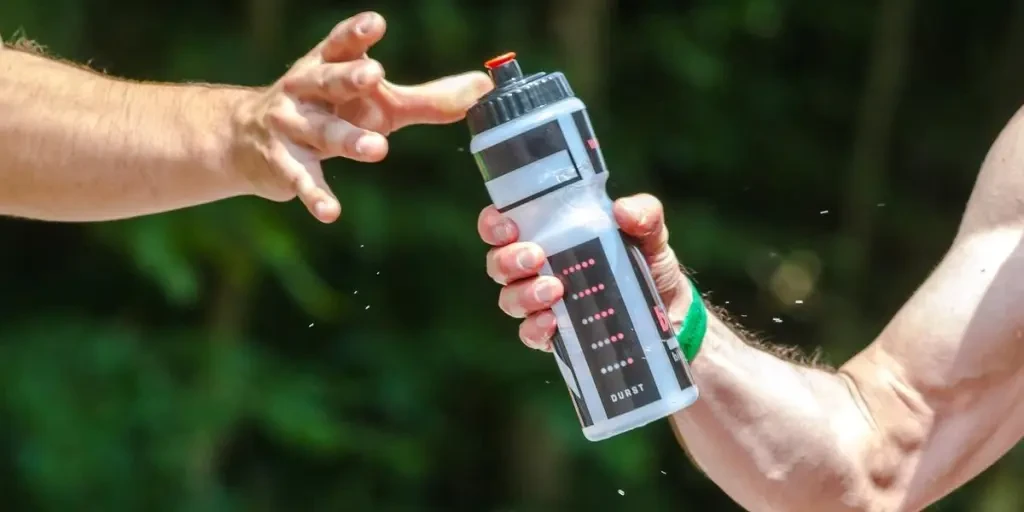
Eco-Friendly and Sustainable Materials
In recent years, the sports and accessory industry has seen a significant shift towards eco-friendly and sustainable materials. This trend is particularly evident in the design and production of squeeze water bottles. Many manufacturers are now using recycled plastics and other sustainable materials to create their products. For instance, the HydraPak Recon is made from 50% recycled content, showcasing a commitment to reducing environmental impact. This move towards sustainability is not just a marketing gimmick; it reflects a growing consumer demand for products that are both functional and environmentally responsible. According to a professional report, the use of recycled materials in water bottles can significantly reduce the carbon footprint associated with their production, making them a more attractive option for eco-conscious consumers.
Ergonomic and User-Friendly Designs
Ergonomics plays a crucial role in the design of modern squeeze water bottles. Manufacturers are increasingly focusing on creating bottles that are easy to hold, use, and carry. The HydraPak Stow, for example, features a twistable nozzle that requires squeezing the bottle to operate, making it ideal for on-the-go hydration. This design not only enhances user convenience but also minimizes the risk of spills. Additionally, the Owala FreeSip offers a unique two-in-one spout that allows users to sip through a built-in straw or tilt the bottle back to chug through a wide-mouth opening. Such innovative designs cater to a wide range of user preferences and activities, from casual use to intense athletic endeavors.
Customization Options for Branding
Customization has become a significant trend in the squeeze water bottle market, particularly for businesses looking to promote their brand. Many manufacturers now offer options for custom logos, colors, and designs, allowing companies to create branded water bottles that serve as effective marketing tools. This trend is particularly popular among sports teams, fitness clubs, and corporate events, where branded water bottles can enhance brand visibility and create a sense of unity among participants. Customization not only adds a personal touch to the product but also provides businesses with a unique way to connect with their audience.
Technological Features and Functionality
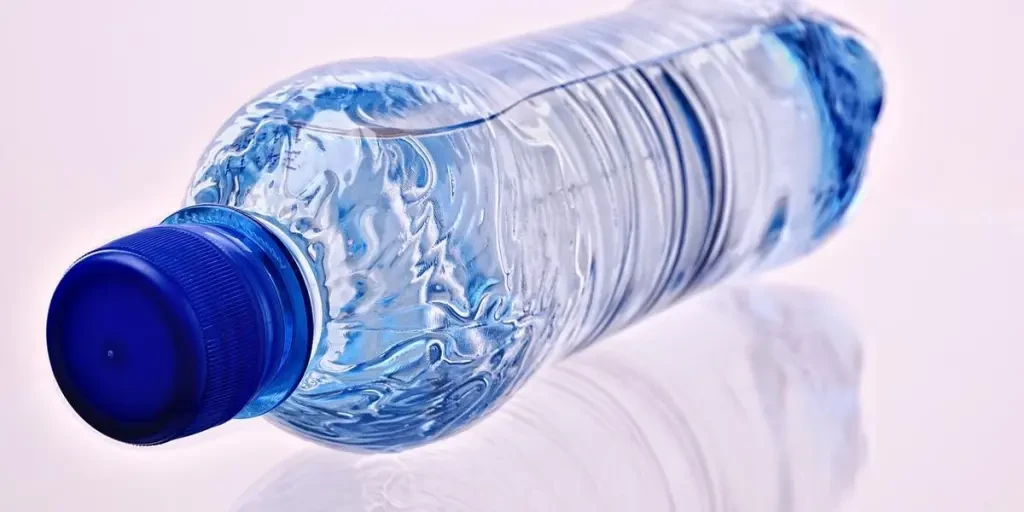
Advanced Leak-Proof Technology
Leak-proof technology is a critical feature in modern squeeze water bottles, ensuring that users can carry their bottles without worrying about spills. Advanced designs, such as the CamelBak Chute Mag Renew, incorporate magnetic caps and tapered openings to prevent leaks. These features are particularly beneficial for athletes and outdoor enthusiasts who need reliable hydration solutions during their activities. The integration of leak-proof technology in water bottles has significantly improved user satisfaction and reduced the incidence of accidental spills.
Insulation and Temperature Control
Insulation and temperature control are essential features for those who need to keep their beverages at a specific temperature for extended periods. Insulated squeeze water bottles, like the CamelBak MultiBev, are designed to maintain the temperature of the contents, whether hot or cold. This feature is particularly useful for outdoor activities, where access to temperature-controlled environments is limited. The ability to keep drinks cold during a summer hike or hot during a winter trek enhances the overall user experience and ensures that hydration needs are met in various conditions.
Smart Features and Integration
The integration of smart features into squeeze water bottles is an emerging trend that combines technology with hydration. Some modern water bottles now come equipped with sensors and Bluetooth connectivity, allowing users to track their water intake and receive reminders to stay hydrated. These smart features are particularly beneficial for athletes and fitness enthusiasts who need to monitor their hydration levels closely. While still a relatively new development, the incorporation of smart technology into water bottles represents a significant advancement in the industry, offering users a more interactive and personalized hydration experience.
Benefits and Performance

Enhancing Athletic Performance
Proper hydration is crucial for athletic performance, and squeeze water bottles are designed to make it easier for athletes to stay hydrated. The ergonomic designs and advanced features of these bottles ensure that athletes can quickly and efficiently access their water during workouts or competitions. Staying adequately hydrated can improve endurance, reduce fatigue, and enhance overall performance. Squeeze water bottles, with their user-friendly designs and reliable functionality, play a vital role in helping athletes maintain optimal hydration levels.
Convenience for On-the-Go Hydration
One of the primary benefits of squeeze water bottles is their convenience for on-the-go hydration. Whether commuting, hiking, or participating in sports, these bottles are designed to be easy to carry and use. The HydraPak Stow, for example, is lightweight and collapsible, making it an excellent choice for those who need a portable hydration solution. The convenience of being able to quickly squeeze and drink from the bottle without having to unscrew a cap or deal with complex mechanisms makes these bottles a popular choice for active individuals.
Durability and Longevity
Durability is a key consideration for consumers when choosing a water bottle, and modern squeeze water bottles are built to last. High-quality materials and robust construction ensure that these bottles can withstand the rigors of daily use and outdoor activities. The Sawyer Squeeze, for instance, is known for its longevity and versatility, making it a favorite among outdoor enthusiasts. Investing in a durable squeeze water bottle not only provides long-term value but also reduces the need for frequent replacements, contributing to environmental sustainability.
Seasonal Trends and Consumer Preferences
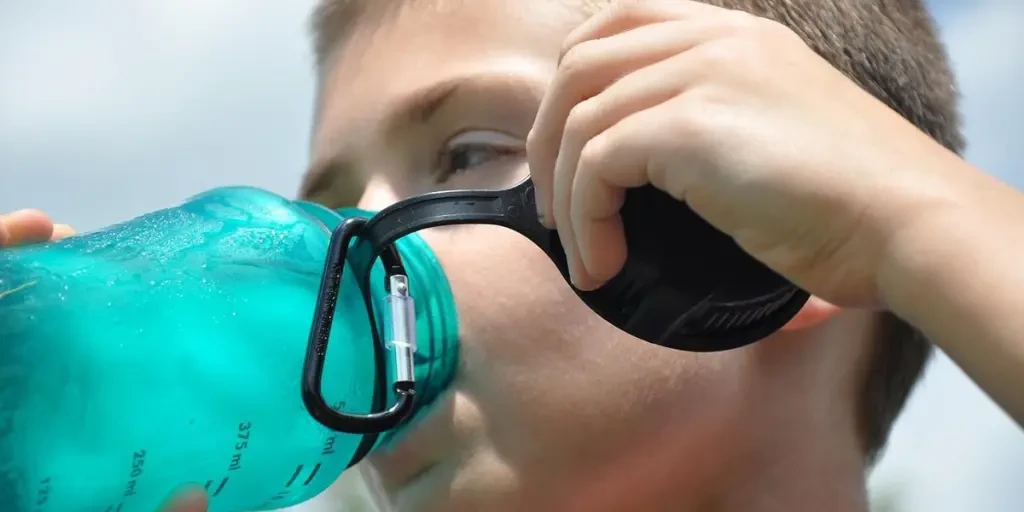
Popular Designs for Different Seasons
Seasonal trends play a significant role in the design and popularity of squeeze water bottles. During the summer months, bottles with insulation and temperature control features are in high demand, as they help keep beverages cold in hot weather. Conversely, in the winter, bottles that can maintain the temperature of hot drinks are more popular. Manufacturers often release seasonal designs and colors to appeal to consumers’ preferences, ensuring that their products remain relevant and attractive throughout the year.
Influences of Fitness and Outdoor Activities
The growing popularity of fitness and outdoor activities has significantly influenced consumer preferences for squeeze water bottles. As more people engage in activities such as hiking, running, and cycling, the demand for functional and reliable hydration solutions has increased. Features like leak-proof technology, ergonomic designs, and portability are particularly important for these consumers. The rise in outdoor and fitness activities has driven innovation in the water bottle industry, leading to the development of products that cater specifically to the needs of active individuals.
Price Trends and Budget Considerations
Price is always a consideration for consumers, and the squeeze water bottle market offers a range of options to suit different budgets. While high-end bottles with advanced features and smart technology can be more expensive, there are also affordable options that provide excellent functionality and durability. For example, the Sawyer Squeeze offers a balance of affordability and performance, making it a popular choice among budget-conscious consumers. Understanding the price trends and budget considerations of consumers helps manufacturers create products that meet the needs of a diverse market.
Conclusion
The squeeze water bottle market continues to evolve, driven by innovations in design, materials, and technology. As consumer preferences shift towards eco-friendly products and advanced features, manufacturers are responding with solutions that enhance convenience, performance, and sustainability. The future of squeeze water bottles looks promising, with ongoing advancements expected to further improve their functionality and appeal. For businesses and consumers alike, staying informed about the latest trends and developments in this dynamic market is essential for making informed purchasing decisions.
